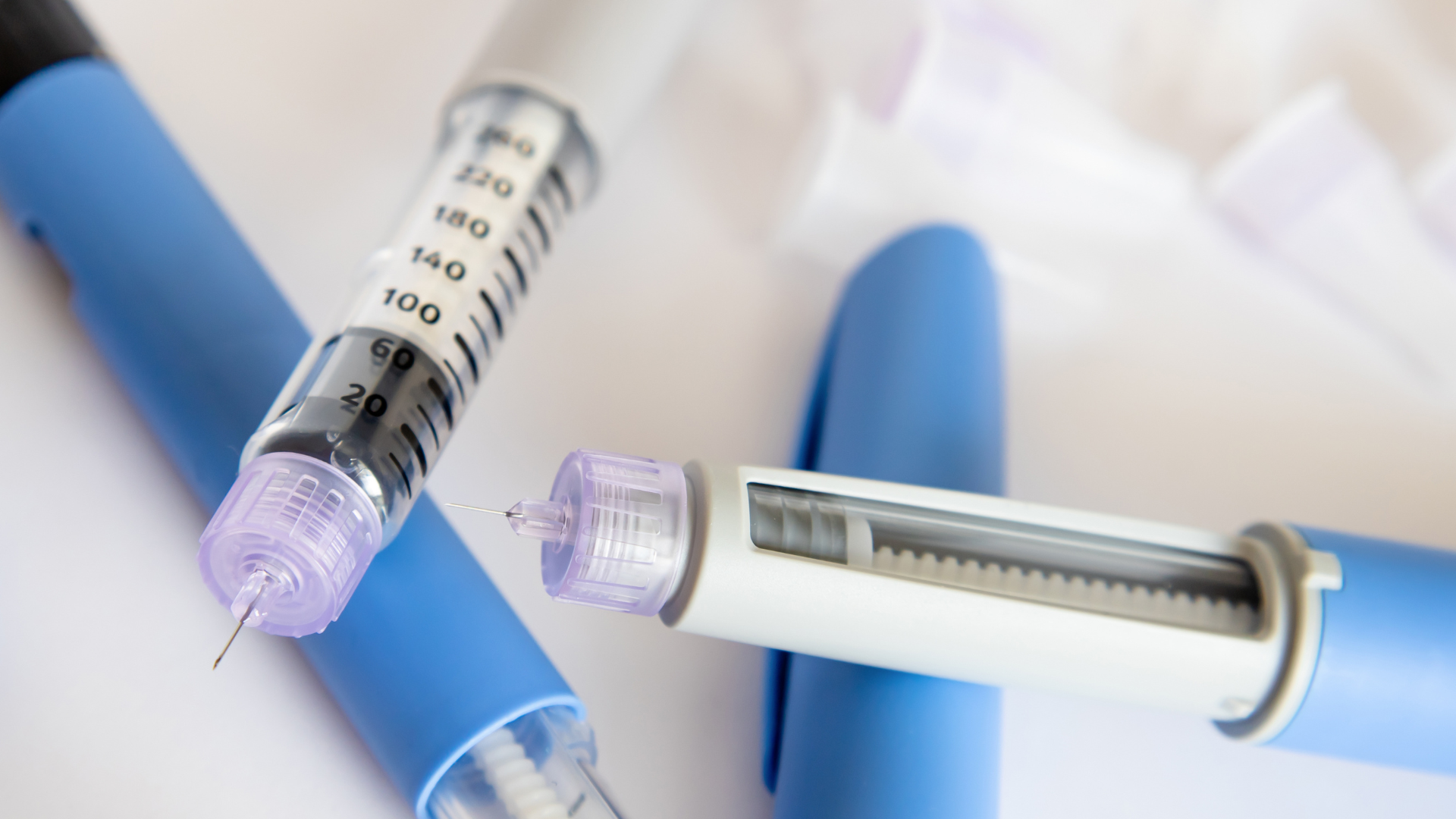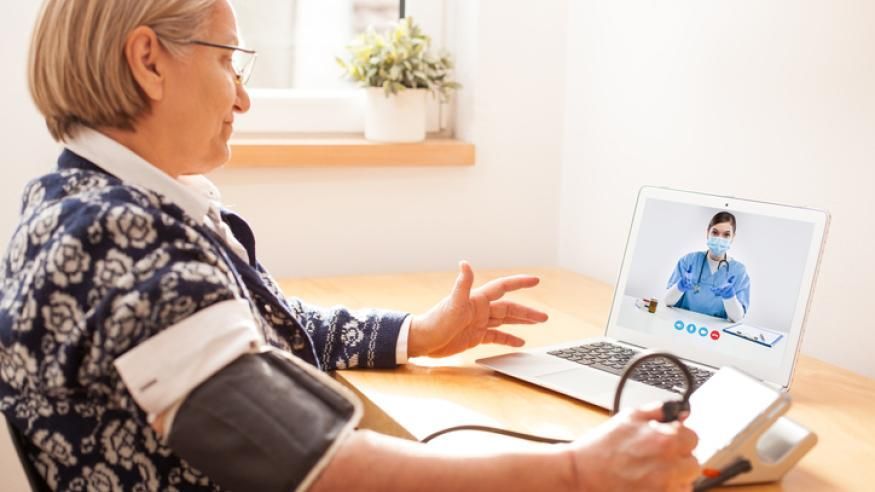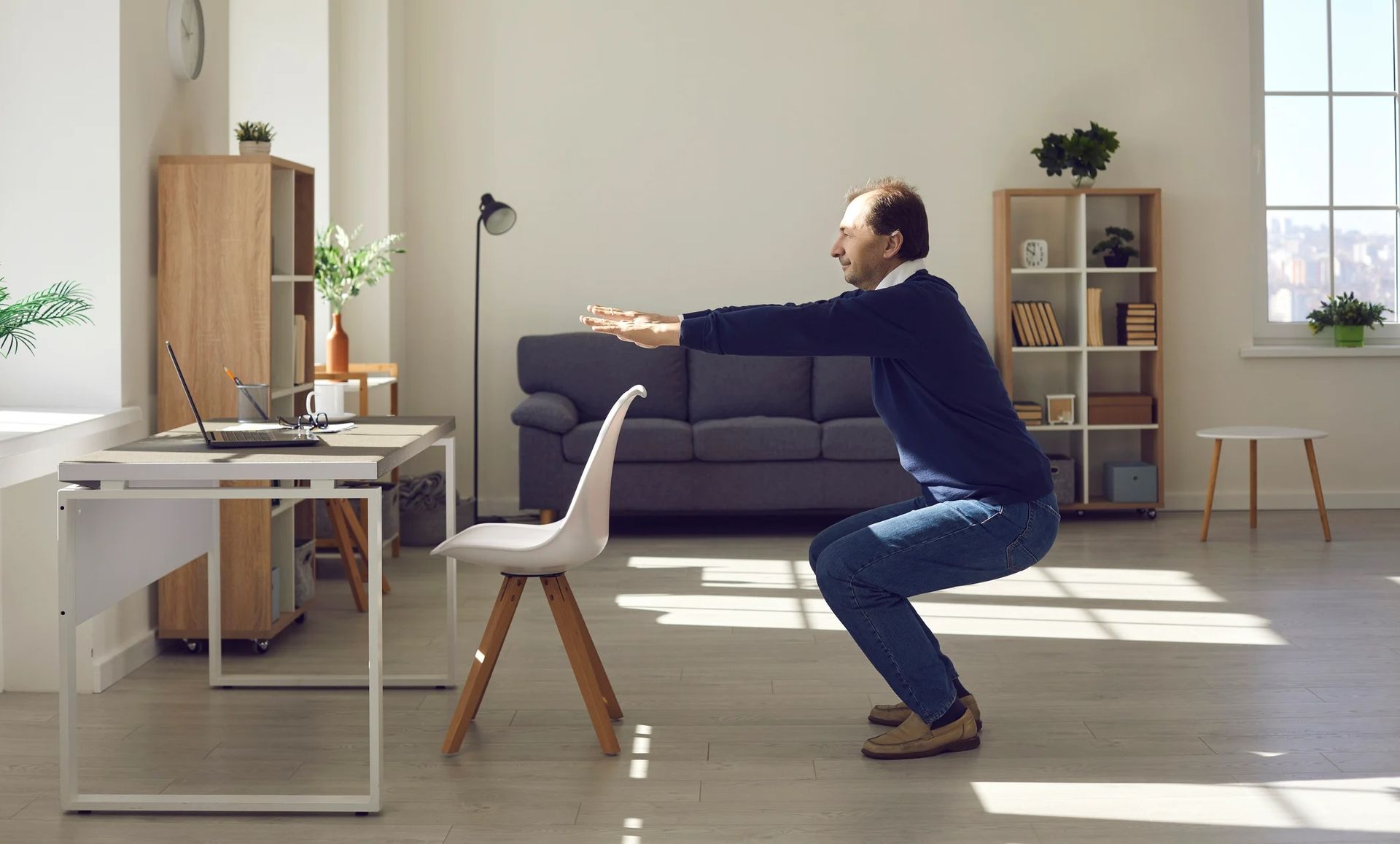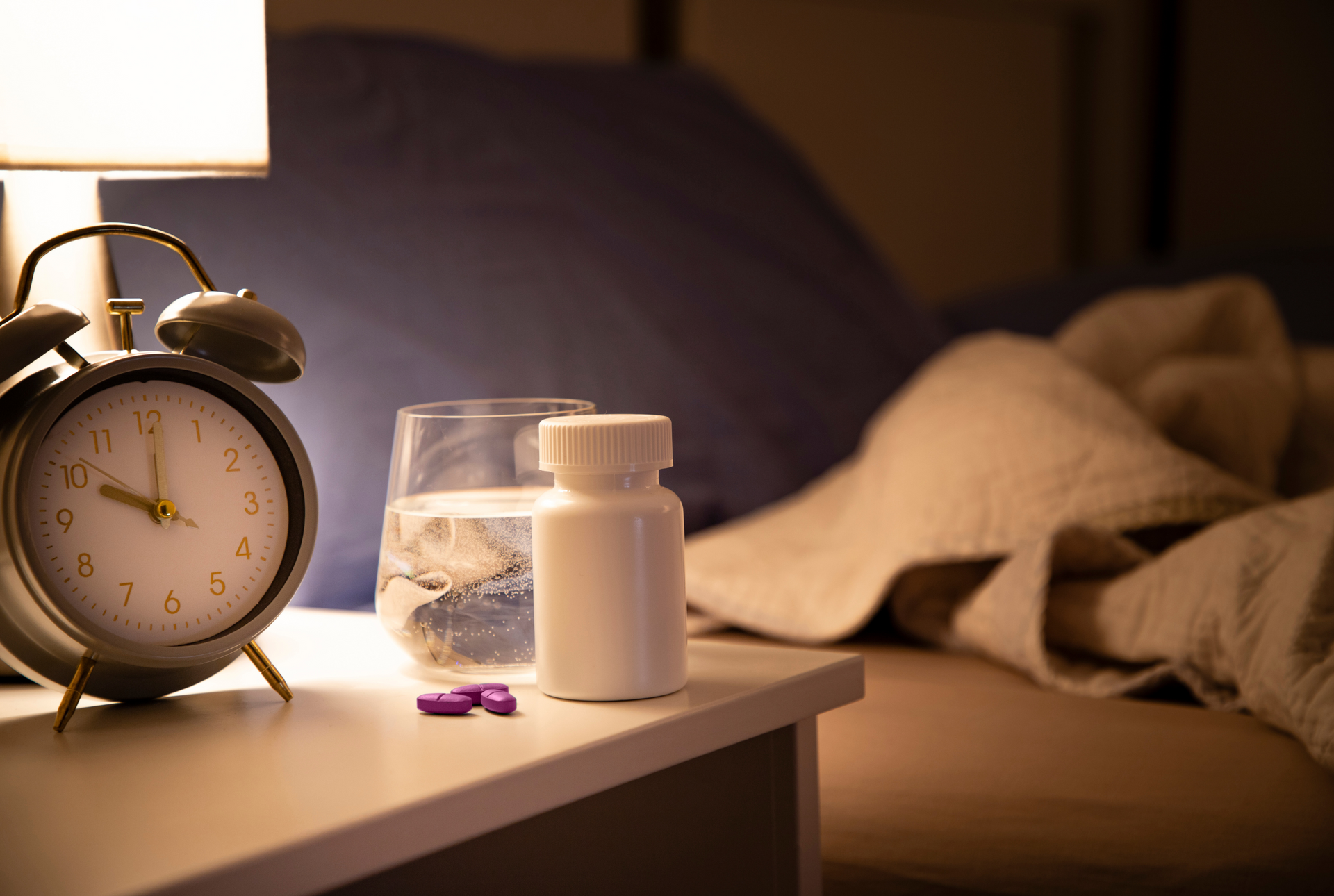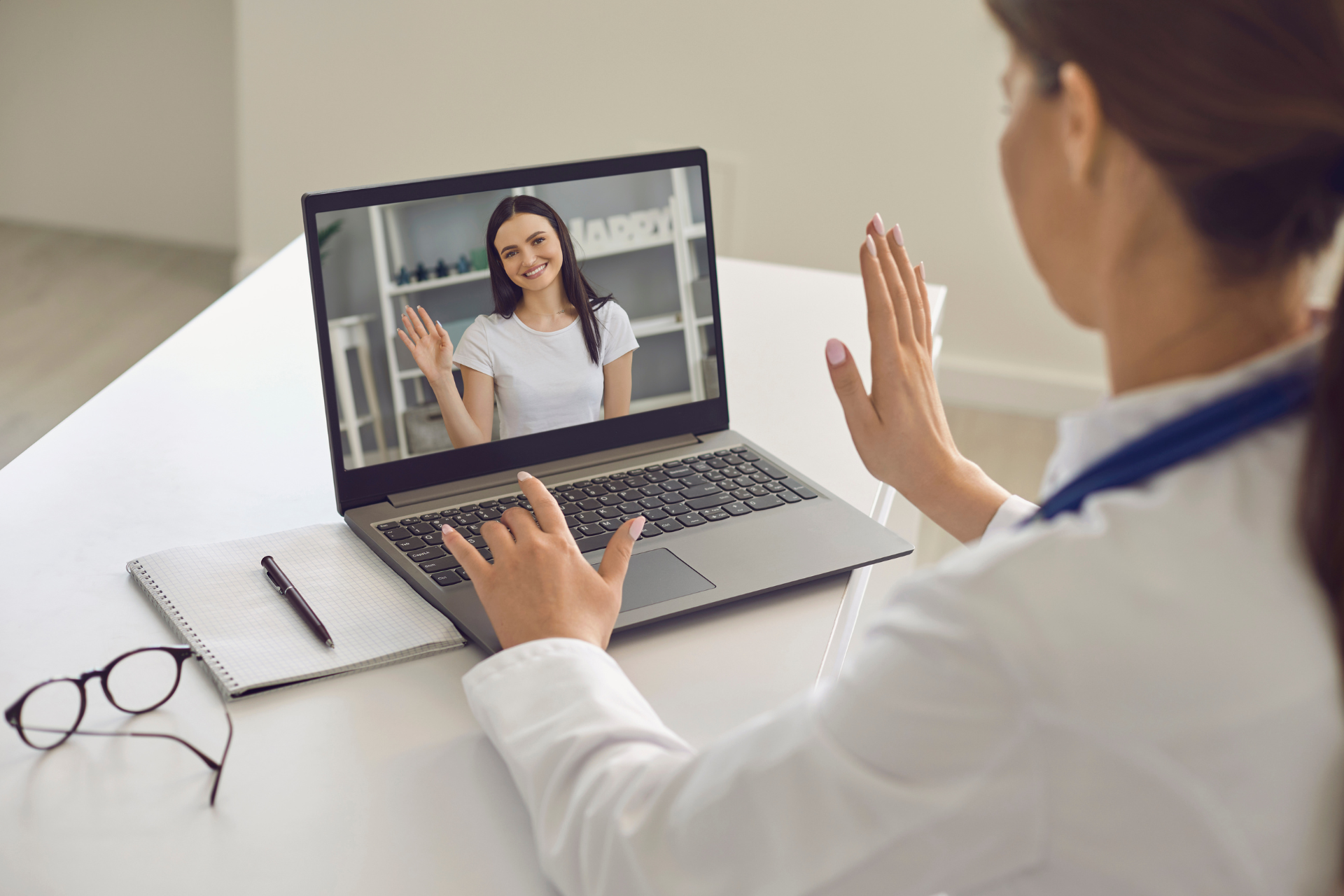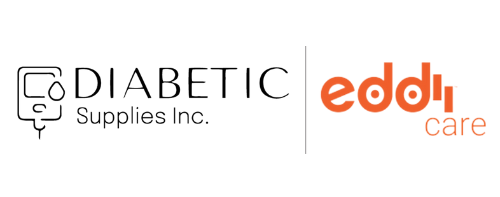5 Ways CGM Can Optimize Diabetes Management
Key takeaways:
- When you’re first wearing a CGM, be sure to share your data with your healthcare team – doing so can help you identify patterns and better manage your diabetes.
- CGM can help prevent low blood sugar, especially during physical activity.
- Seeing real-time glucose data can also help you understand carbohydrates and adjust diabetes medications.
While more and more people have access to diabetes technology like continuous glucose monitors (CGMs), many people still struggle to care for their diabetes. Different meals, daily schedules, physical activity, and stress levels can all affect your glucose control. Luckily, CGM can help you better understand and manage blood sugar with your healthcare provider.
Dr. Julia Blanchette, an assistant professor of medicine at Case Western Reserve who also lives with type 1 diabetes herself, offered five pointers for how to make the most of your CGM to better your diabetes care.
“It's really amazing to have the minute-to-minute data to learn from your behaviors and to understand how different factors influence your self management in real time,” Blanchette, who is also a diabetes care and education specialist at University Hospitals in Cleveland, said.
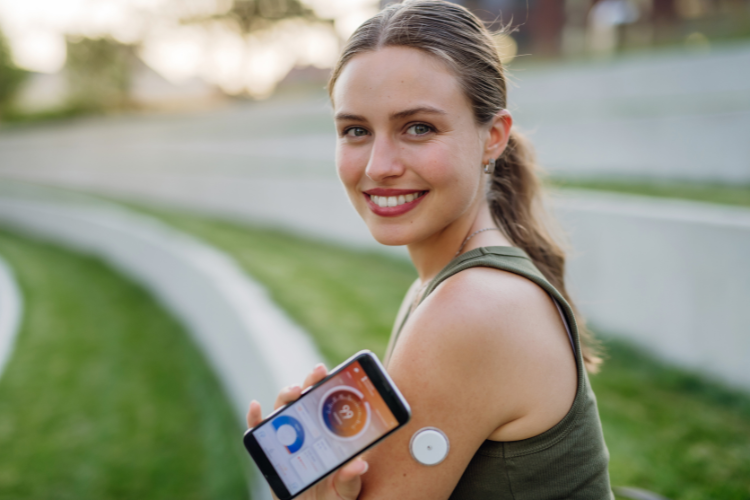
1. Share your CGM data with your provider and other helpful parties.
If you haven’t already done so, share your CGM data with your healthcare provider. Depending on which CGM system you use, you’ll either need to make sure you’ve linked your Freestyle LibreView Account to your healthcare professional's account, have your healthcare provider email you an invitation to share data via Dexcom Clarity, or set up your CareLink account for Medtronic CGMs.
CGM data sharing is important because a healthcare provider should be able to help with data interpretation so you can understand how your diet and daily routine affect your blood glucose. They will likely review your ambulatory glucose profile (AGP), which summarizes CGM data over several days.
If you’re new to wearing a CGM, try to eat similar meals and snacks for a few days. Keep checking your fasting, pre- and post-meal blood sugars, and bedtime blood glucose. This can help your healthcare provider evaluate your medication needs and adjust your dose, if needed.
Reviewing your weekly or even monthly CGM data can help you identify patterns, reduce glucose variability, and improve your time in target glucose range.
“Even if you look at your data every few weeks to every month to reflect on what's going on, you can make changes to achieve target time in range,” Blanchette said.
Sharing data with parents, caregivers, and loved ones can also be helpful. “For parents and caregivers, you can still make sure your kid is okay without physically being there,” Blanchette explained.
CGM trend arrows can help children understand their bodies and learn how to take care of themselves, even if they aren’t familiar with all of the details of diabetes.
“A school-aged child may know what a down arrow means, even if they may not be able to state exactly how they feel,” Blanchette said. “This can empower kids to make their own self-management decisions.”
That said, Blanchette pointed out based on her own personal experience that it's important to set healthy boundaries for data-sharing between teens with diabetes and their parents.
2. Work with a clinician to set blood glucose targets based on your individual needs.
Standard time in range glucose targets range from 70 to 180 mg/dl, but when starting out with a CGM, it may be important to set appropriate high and low blood glucose targets based on your individual needs.
For instance if you’re on insulin therapy or taking another medication that puts you at risk of hypoglycemia, try to keep this target realistic. For instance, if you have hypoglycemia unawareness and don’t feel your lows, Blanchette said that it’s wise to set the target above 70 mg/dl.
Choose a high target based on your average glucose levels and the highest blood sugar you usually experience in a day. Many people select 180 mg/dl as the high target, but you should consider your own blood glucose management when setting this number.
“A good rule of thumb is that if your A1C is over 7%, you’ll want to set a target above 180 and slowly lower it over time,” Blanchette said. “For instance, if the highest blood glucose you experience in a day is 300, it’s a good idea to start closer to 300 and trickle it down.”
Blanchette recommended starting with a higher time above range target while you adjust to a CGM system, figure out your patterns, and understand how to manage your diabetes. As you make adjustments to medications and lifestyle, you can gradually lower the target.
3. Take note of different factors that affect your blood glucose response to carbohydrates.
A CGM can be a helpful tool to understand how to eat a balanced diet and reduce post-meal blood glucose spikes, Blanchette noted. The key is to understand how carbohydrates work and how to balance them to get the nutrients you need.
For instance, while items like apples may cause spikes in blood sugar when eaten alone, they are an important source of nutrients and still can be diabetes-friendly if consumed strategically.
“We tend to think of fruit and whole grains as healthy, and they are,” Blanchette said. “They are still nourishing for your body, and you may see that you have blood sugar spikes when you eat these foods a lot if they are not balanced with other food groups or eaten in excess.”
Adding just a little bit of protein to carbohydrates can go a long way; for instance, introducing cheese or peanut butter to a snack of apple slices can be helpful to minimize blood glucose fluctuations.
Wearing a CGM can also help you figure out if the order in which you eat different foods affects your blood sugar. Some research suggests that eating carbohydrates as the last part of your meal can reduce post-meal glucose in type 2 diabetes.
This could mean eating scrambled eggs with sauteed vegetables first for breakfast, and then having a small slice of avocado toast following a healthy dose of protein and fat. A lunch or dinner meal might involve eating chicken first, then some vegetables, and finishing with a piece of fruit.
4. Tune in to your CGM just before and during exercise to stop hypos before they start.
People who are at risk of low blood glucose levels – those on insulin therapy or other glucose-lowering medications that can cause hypoglycemia – can examine the trend arrows before or during their workout to prevent exercise-induced hypoglycemia.
“Looking at what your blood glucose is and where it’s trending before and during your workout is so nice, because you don’t have to pause to do a fingerstick and check your blood glucose levels,” Blanchette said. She explained that you can consume carbohydrates – such as small sips of Gatorade and glucose tabs – as needed to prevent lows and keep your glucose up as you exercise.
CGM can also help you achieve greater time in range with physical activity. Before CGM, Blanchette explained, people with diabetes were told to begin exercise at a higher blood glucose level to avoid hypoglycemia.
“In high school, I played softball and I always ran high because CGM didn’t exist. I had to keep my blood sugar at 200 mg/dL if I wanted to attend the whole practice.
“Now, with CGM, we can exercise with glucose that starts in range (but not the lower end of in-range),” she said. “And if glucose starts dropping, we can address it as it’s happening, instead of having to start higher and not know what’s going to happen,” she said.
Likewise, for endurance athletes such as distance runners or cyclists, CGM can be helpful to figure out the exact blood glucose levels where it’s necessary to take some carbs so they don’t have to disrupt their workouts.
Blanchette pointed out that CGM can also be helpful in figuring out what time of day is best for exercise. Some people find they’re more insulin resistant in the morning, especially due to the dawn phenomenon, so it may be best to wake up a little earlier to get a morning walk or jog in.
“Personally, I don’t know how I’d exercise without CGM at this point,” she said.
5. Use your CGM data to adjust insulin and other medications.
While it’s recommended to see a diabetes healthcare professional every three to six months, many people with diabetes don’t have access to this level of care. In between regular appointments, CGM can help you make adjustments to your diabetes management, including insulin and other medications.
If you’re spending a lot of time above or below range or if you’re spending less than 70% of your time within target range, it’s a good idea to reach out to your healthcare provider to see how you can adjust your insulin therapy.
Real-time data from CGM can also be helpful for people starting new medications. For instance, many GLP-1 receptor agonists can reduce insulin needs and lead to hypoglycemia. Blanchette encourages people with type 2 diabetes on insulin therapy who begin taking a GLP-1 to try CGM to prevent lows and optimize their insulin therapy.
The bottom line
Although CGMs were originally developed for safety purposes to avoid hypoglycemia, today they are a valuable tool for providing insight on how different factors affect blood glucose. From adjusting your diet to exercising worry-free, a CGM can help you improve daily diabetes management and self-care.
It’s useful to remember that wearing a CGM does not work best in isolation, however. It’s important to share your data with your healthcare provider, especially when you are just getting started, so that you can better understand patterns in your glucose levels.
Healthy Bites



